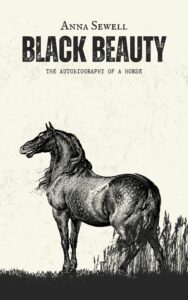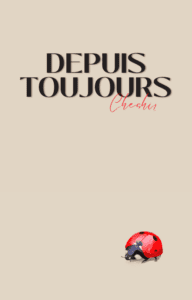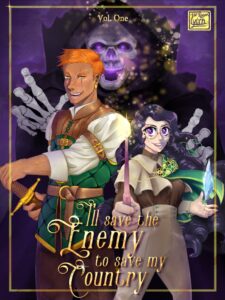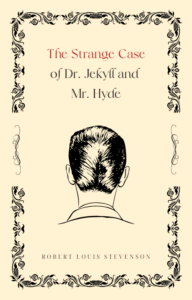[1] All presents in Japan must be wrapped in white paper, although, except for funerals, this paper must have some writing on it, and must be tied with a peculiar red and white paper string, in which is inserted the noshi, or bit of dried fish, daintily folded in a piece of colored paper, which is an indispensable accompaniment of every present.
[2] A child is rarely given the name of a living member of the family, or of any friend. The father’s name, slightly modified, is frequently given to a son, and those of ancestors long ago dead are sometimes used. One reason for this is probably the inconvenience of similar names in the same family, and middle names, as a way of avoiding this difficulty, are unknown. The father usually names the child, but some friend or patron of the family may be asked to do it. Names of beautiful objects in nature, such as Plum, Snow, Sunshine, Lotos, Gold, are commonly used for girls, while boys of the lower classes often rejoice in such appellations as Stone, Bear, Tiger, etc. To call a child after a person would not be considered any especial compliment.[*]
[3] That the position of the Japanese in sitting is really unnatural and unhygienic, is shown by recent measurements taken by the surgeons of the Japanese army. These measurements prove that the small stature of the Japanese is due largely to the shortness of the lower limbs, which are out of proportion to the rest of the body. The sitting from early childhood upon the legs bent at the knee, arrests the development of that part of the body, and produces an actual deformity in the whole nation. This deformity is less noticeable among the peasants, who stand and walk so much as to secure proper development of the legs; but among merchants, literary men, and others of sedentary habits, it is most plainly to be seen. The introduction of chairs and tables, as a necessary adjunct of Japanese home life, would doubtless in time alter the physique of the Japanese as a people.
[4] Sometimes, in the old days, rice water was given to babies instead of milk, but it was nearly impossible to bring up a baby on this alone. Now both fresh and condensed milk are used, where the mother’s milk is insufficient, but only in those parts of Japan where the foreign influence is felt.[*]
[5] Jinrikisha, or kuruma, a small, light carriage, usually with a broad top, which is drawn by a man. The jinrikisha is the commonest of all vehicles now in use in Japan. Jinrikisha-man and kurumaya are terms commonly used for the runner who draws the carriage.
[6] Kotatsu, a charcoal fire in a brazier or a small fireplace in the floor, over which a wooden frame is set and the whole covered by a quilt. The family sit about it in cold weather with the quilt drawn up over the feet and knees.
[7] Kisses are unknown, and regarded by conservative Japanese as an animal and disgusting way of expressing affection.







